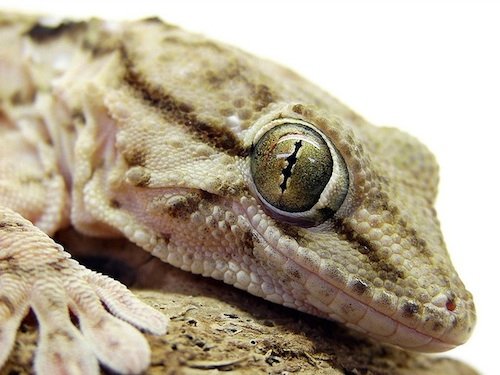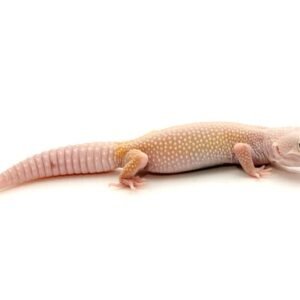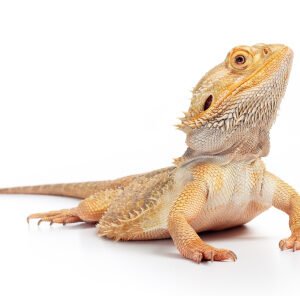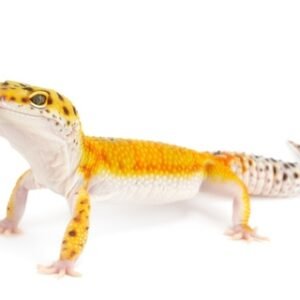Understanding the White Spotted Gecko: Habitat and Behavior
The white spotted gecko, native to arid and semi-arid regions, predominantly inhabits areas characterized by rocky terrains and sparse vegetation. This species is primarily found in parts of Madagascar, where it thrives in environments that offer both shelter and warmth. A proper understanding of their natural habitat is crucial for potential pet owners, as replicating these conditions in captivity is essential for the gecko’s health and well-being. The ideal temperature range for a white spotted gecko is between 75°F to 85°F (24°C to 29°C) during the day, with a nighttime drop to around 65°F to 70°F (18°C to 21°C). Such temperature variations allow these reptiles to bask and regulate their body temperatures effectively.
Humidity levels are another critical aspect of the white spotted gecko’s habitat. They prefer environments with moderate humidity, generally between 40% to 60%. In a captive setting, maintaining this humidity is vital, as it supports proper shedding and hydration. Providing substrate that retains moisture, such as coconut fiber or paper towels, can help create a suitable atmosphere for these geckos. Additionally, including hiding spots in their habitat is essential for their psychological well-being, as these geckos are known to seek refuge from potential threats.
Behaviorally, white spotted geckos are nocturnal creatures, exhibiting most of their activity during the night. This inclination towards nighttime activity influences their feeding patterns, as they hunt for insects and other small prey when it is dark. Social interactions among individuals are typically minimal; they are not inherently social and prefer solitary living. However, males may exhibit aggressive behavior towards each other during mating seasons, thus requiring careful introduction if housed together. Understanding these behavioral traits helps potential owners create an environment that nurtures the white spotted gecko’s natural instincts, ultimately promoting a healthier and happier pet.
Caring for Your White Spotted Gecko: Health, Nutrition, and Environment
Proper care for your white spotted gecko is essential to ensure its longevity and overall well-being. A balanced diet plays a crucial role in maintaining their health. These geckos primarily thrive on a varied diet of live insects. Crickets and mealworms should be staple foods, supplemented with occasional treats like waxworms and roaches to provide nutritional diversity. To enhance their diet further, gut-loading insects with nutritious foods before feeding them to your gecko is advisable. Additionally, a calcium supplement, dusted onto the insects two to three times a week, is vital for preventing metabolic bone disease.
In terms of housing, setting up an appropriate enclosure is crucial. A 20-gallon terrarium is generally adequate for a single white spotted gecko. The substrate can include materials like coconut fiber or reptile carpet, as they are both easy to clean and safe for your gecko. Ambient temperature should be regulated with a heat gradient—maintaining one side of the enclosure around 85°F (29°C) for basking and the other cooler at approximately 70°F (21°C) provides necessary thermoregulation. Hiding spots, such as caves or hollow logs, should be included to reduce stress and mimic the gecko’s natural habitat.
Regular health checks are vital to detect potential issues early. Observe your gecko’s appetite, shedding patterns, and overall activity levels, as significant changes could indicate health problems. Common ailments include respiratory infections and parasites, which may require veterinary intervention. To ensure a stress-free environment, avoid handling your gecko excessively, especially during the initial adjustment period. A quiet, stable habitat will also aid in reducing potential stressors, allowing your white spotted gecko to thrive and display its natural behaviors.





